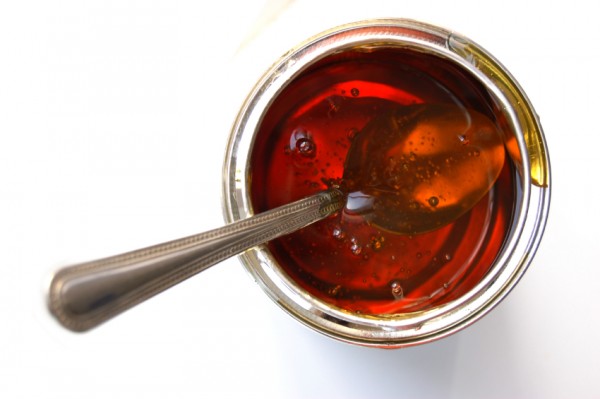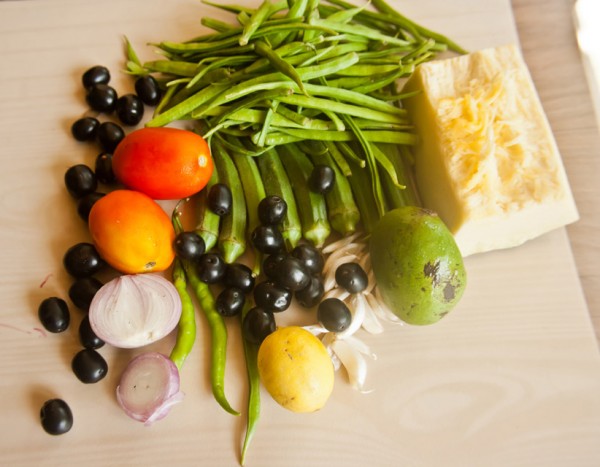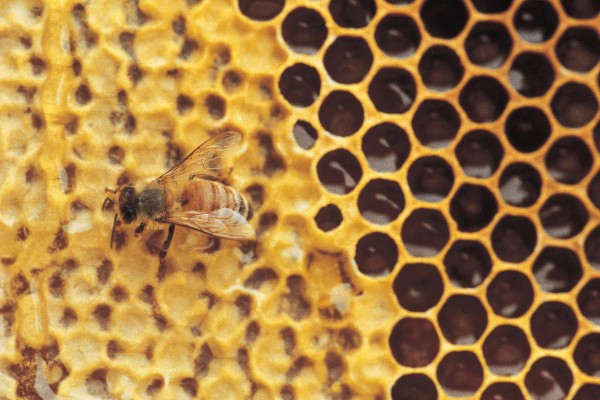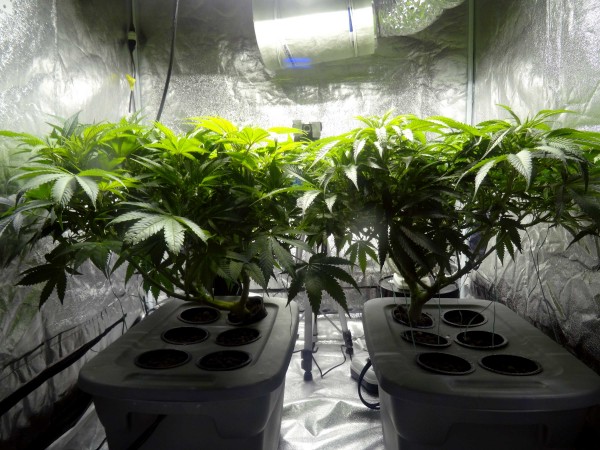You might already know how much better nutmeg can make meals, but did you know that it can have a similarly positive effect on your skin? That’s right – the same spice that lends that homemade warmth to everything from pumpkin bread to béchamel can work wonders on your complexion.
In fact, nutmeg is the star ingredient in an anti-inflammatory facial cleanser that you can make at home. There are a lot of reasons that homemade skincare products are superior to their store-bought counterparts. Even if you’re not too worried about your budget, you should be very concerned about the disturbing amount of toxic ingredients these products often contain – some of which might not even appear on the label.
As a matter of fact, thousands of so-called “organic” beauty products were recently found to contain chemicals that have been banned. The Environmental Working Group found that many of these products contained dangerous or hidden ingredients much in the same way that Mike Adams, the Health Ranger, uncovered hidden toxic ingredients in popular foods in his book, Food Forensics.
You can’t trust beauty product labels
The FDA does not have an official definition of the word “organic” as it pertains to cosmetics, which means that brands can get creative with their labels in order to deceive customers. A product that says it is made with 100% organic ingredients, for example, might only contain one or two organic ingredients. While those one or two ingredients might indeed be fully organic, there could be any number of other synthetic or downright toxic ingredients in that same product.
This is why making your own skincare products is ideal. It only takes a few minutes to whip up some very effective skincare treatments, and there’s a good chance you already have many of the necessary ingredients on hand. You can experiment with ratios to see what works best for your particular skin type, and you can have the peace of mind that comes from knowing everything you are placing on your body’s biggest organ is truly natural and organic.
Healing Nutmeg Facial Cleanser Recipe
The following facial cleanser is great for reducing inflammation and combating acne, thanks largely to the inclusion of nutmeg. Chinese medicine uses nutmeg to treat inflammation from arthritis and joint pains, and it’s those same anti-inflammatory abilities that can help it make your pimples a lot less noticeable. It also has antibacterial and antiviral properties, making it well suited to curbing infections and clogged pores.
While any ground nutmeg will do, freshly ground nutmeg is more potent than the bottled variety. Nutmeg is also pretty good for you when taken internally. It can clear up digestive troubles, help with sleep, improve your blood circulation and boost brain function, so make yourself some tea and add a bit of this powerful herb!
The lactic acid in the yogurt will exfoliate your dead skin cells without irritating them and also help brighten your complexion, while the honey will hydrate your skin. Like nutmeg, it’s also antimicrobial. Manuka honey is an ideal cleansing ingredient because it’s soothing in addition to moisturizing. The apple cider vinegar is used to help to remove dirt and makeup from your skin and serves as an astringent, while the clove oil is great at clearing up acne thanks to the antiseptic action of the eugenol it contains.
Ingredients
1 tsp nutmeg
2 tsp baking soda
3 tbsp raw honey
1 tbsp plain organic yogurt
2-3 drops of clove oil
2-3 drops of apple cider vinegar
Directions
Mix the nutmeg and baking soda together in a small bowl. Add the honey and yogurt and stir until the dry ingredients are fully incorporated. Add the clove oil and apple cider vinegar.
Apply this mixture to your face and leave it on for ten minutes before rinsing off with warm water.
Sources include:









